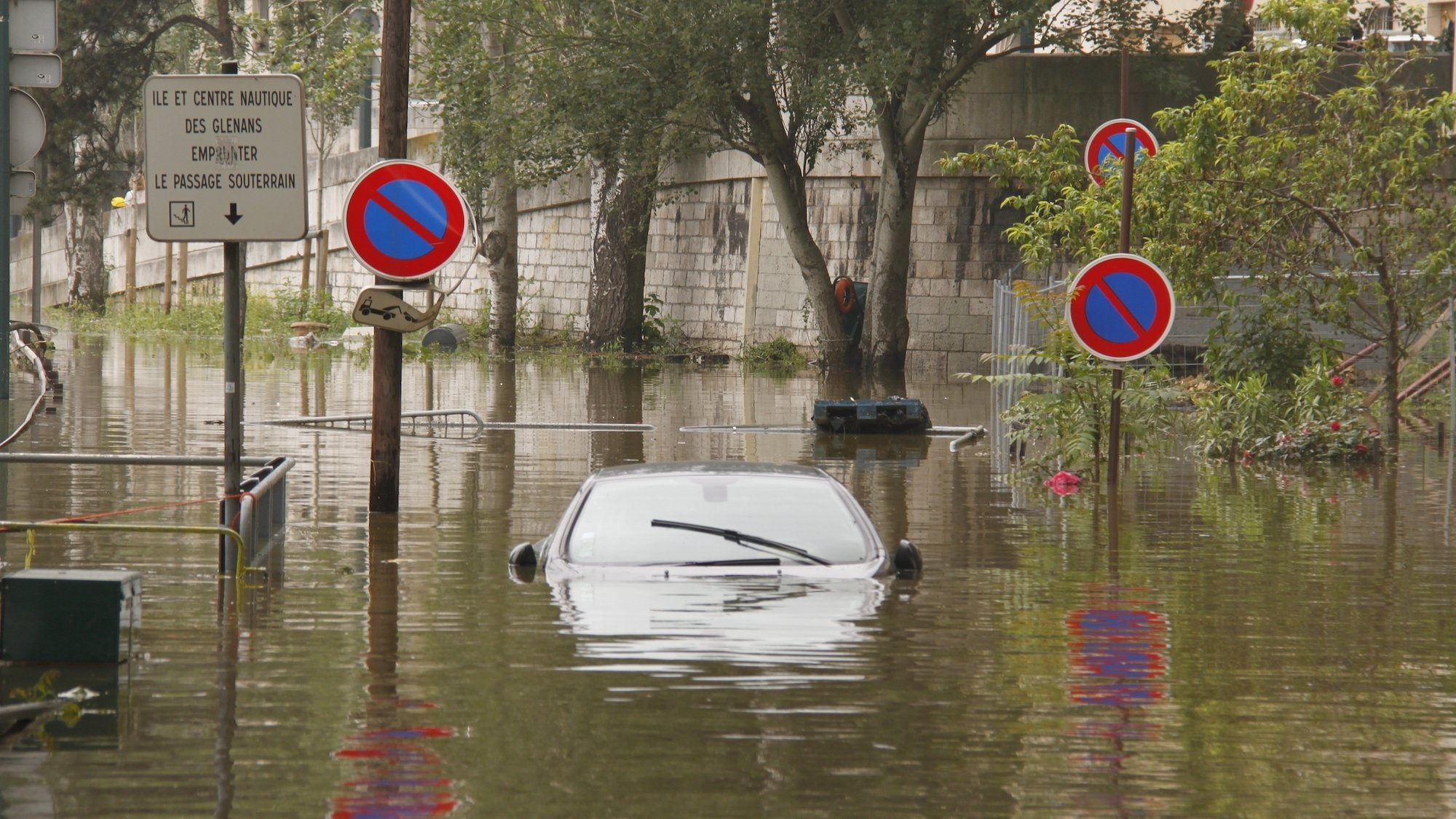It's a gigantic construction project, but a necessary one, that is coming to an end. Since this Wednesday, January 15, a massive water retention basin for the Seine has just entered the testing phase upstream of the capital, to protect it in case of a serious flood of the river. The goal of this 360 hectares of excavated land? To channel a portion of the Seine's water in case of excessive flow, to prevent overflow.
Protecting Paris at any cost
Well, here we are in 2025, climate change is no longer a myth for anyone, and it brings with it a number of changes, including the increase in meteorological upheavals and natural disasters. In 2024, we observed a rise in the frequency of Seine floods and flooding.
, and the experts are clear, the situation is not expected to improve.#Test #casierpilote #LaBassée En présence du sous-préfet, Jean-Bernard Iché, le président de @SeineGrandsLacs Patrick Ollier a activé ce matin les pompes de l'ouvrage hydraulique. La mise en eau test a débuté devant une nuée de journalistes.
— Préfet de Seine-et-Marne (@Prefet77) January 15, 2025
👉https://t.co/b2LYSkhKqH pic.twitter.com/vNiYYybOZx
To prevent any potential tragedies, the public territorial basin establishment (EPTB) Seine Grands Lacs, an organization created specifically for this purpose, has come up with a unique solution that entered its first testing phase on January 15 of this year. After months of research, experts have designed massive tanks, equivalent to 4,000 Olympic swimming pools that are 2 meters deep, capable of filling up in just a few hours to relieve the Seine.
The Start of a Massive Project
Since last week, the “pilot tank of the Bassée” has been slowly filling up with water from the nearby pumping station. It will be flooded to half of its capacity until February 2.
ute;vrier, before being completely filled by February 24. A slow test phase, as the basin aims to be full in 66 hours during a crisis, mainly serving to test the strength of the massive dam, along with the drainage phase, which will occur until March 2.Le casier de la Seine Bassée, 10 millions de m3, situé en Seine-et-Marne, a commencé à être rempli pour tester l'efficacité de ce dispositif devant protéger des crues les villes situées en bord de Seine, en premier lieu Paris et notamment #Paris15 @GrandParisMGP @SeineGrandsLacs pic.twitter.com/lhIbaDQlU0
— Mairie du 15 (@mairie15) January 18, 2025
If the system proves to be effective, it would initially reduce the height of the Seine by 10 to 15 centimeters during a crisis. A figure that might seem insignificant, but would actually prevent hundreds of thousands of euros in damages. In the long run, EPTB hopes to set up 9 more spaces like this, aiming for a total water level reduction of 40 centimeters in the most threatened areas. In the meantime, we’re definitely going to take a few swimming lessons and brush up on shark defense, just to be safe…
